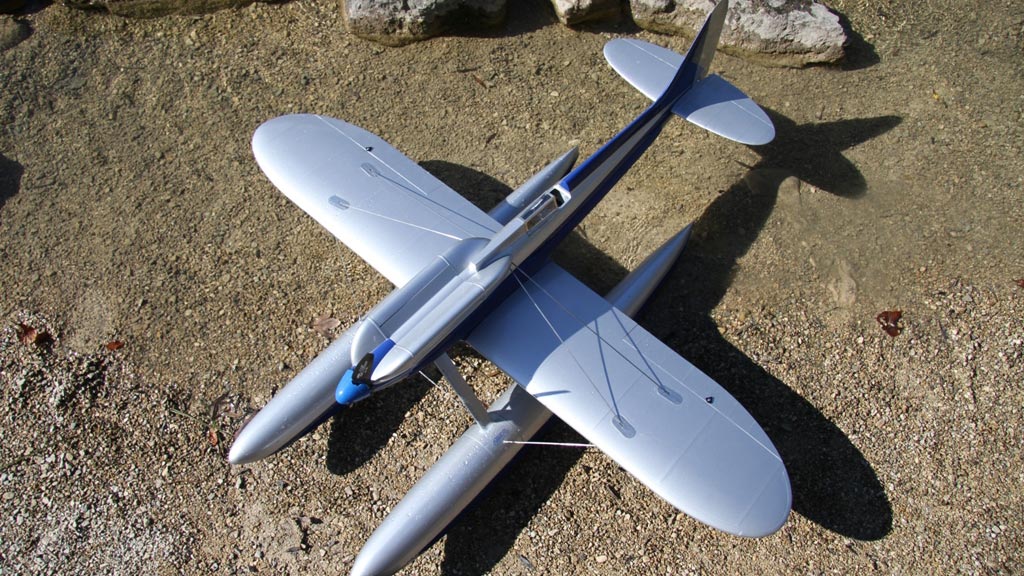€950.00
incl. 20% VAT plus. Returns {/ link}
The Supermarine S6 was the winner of the Schneider Trophy contest of 1931. The S6, designed by Reginald Mitchell, represents the most advanced raceplane ever on floats.
Powered by the Rolls Royce R, who delivered 2350 HP, the S6 held the world speed record for floatplanes til 1934.
Description
The Supermarine S6 was the winner of the Schneider Trophy contest of 1931. The S6, designed by Reginald Mitchell, represents the most advanced raceplane ever on floats.
Powered by the Rolls Royce R, who delivered 2350 HP, the S6 held the world speed record for floatplanes til 1934.
The story behind the final victory is exciting, cause due to high costs the British government withdrew any support for the Schneider Trophy Race in 1931. Only a public outcry and a private donation from Lady Houston saved the race for Great Britain, however all preparations had to be finished within 9 months.
Construction of the S6 was influenced by the experiences with its predecessor, the S5. Special care was given to the phenomenon of flutter, a problem becoming increasingly evident as airspeeds rose higher and higher. Elevator and rudder were equipped with small trim tabs on their trailing edges and adjusted to fly trimmed at high speeds.
The size of the floats was increased to carry enough fuel and to provide better handling on the water. The torque of the engine caused troubles, when opening the throttle the whole plane yawed to the left. For a take off the plane was held well to the right of the wind, full right rudder and the throttle opened. The plane yawed to the left til the increasing speed made the rudder effective, the take off run could begin.
Cooling of the engine was critical at all times. The whole surfaces of the floats, except the planing bottoms, and the whole wing area was used as a radiator. Engine oil was cooled in tubes along the fuselage, pumped to the rudder and back again.
Unlike other races, the final Schneider Trophy race was unspectacular. Italy and France suffered setbacks to their contenders and both had lost a pilot. The USA had engine troubles, so it was that the British were left with a simple fly – over with a speed of 340,08mph to win the Trophy for all time. On later flights the S6 reached 390 mph, eventually 407,5mph and the world record, that held til 1934 when surpassed by the Macci MC 72.
Additional information
| Weight | 3 kg |
|---|




